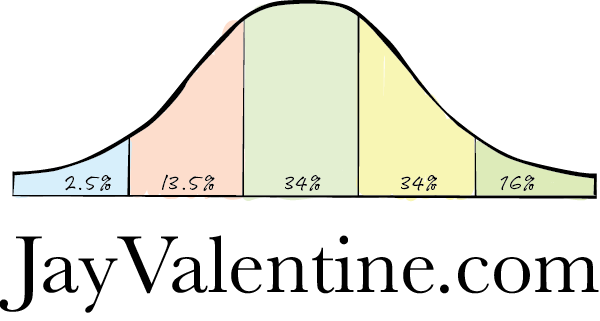
Status Quo consistently winning means customers have what they need.
Have you noticed the sales gurus, ninjas, and Sherpas growing advice about how to overcome the status quo in selling B2B products? Apparently, that old boy status quo is the single largest competitor in today’s B2B sales.
Various sales studies note over 60 percent of B2B evaluations end up with no decision. That means our pal, status quo, won the deal against over-paid, over marketing-armed, SPAM-generating sales forces funded by way-too-cheap VC dollars. Why would that be?
When the status quo is your competitor, it screams that users already possess most of what they need; new entrant solutions are not differentiated enough to get prospects’ attention and any benefits appear trivial and not worth the expended effort.
Ouch!
Notice the sales commentary that sales cycles are getting longer? Committees are now engaged in every major acquisition so you, the seller, must buy expensive sales training on how to sell to committees.
Selling advisors who lurk on LinkedIn touting their long history of success (in a previous tech era) are advising to focus on growing current customers because new logo capture is just too expensive and difficult. The inability to capture new logos is a flashing red light that the cost vs. benefit contrast just is not there for a customer to see.
Studies show between 50 percent and 60 percent of reps cannot make quota. B2B companies are raising well over $100 million and still have not make a dime in profit. These stats are the result of our boy, status quo reigning supreme.
We are at the end of a 40-year era where new categories quickly exploded into a market, were consumed, everyone made lots of money, sales VPs looked like they could perform magic. Databases, middleware, CRMs, and data analytics have become the categories that made billion-dollar companies.
Not so much now.
New entrants, selling No SQL databases, sales management platforms, marketing automation cannot find a profitable exit. Consistent selections in favor of the status quo, after very expensive sales campaigns are an early indicator of something else, and that something is very important.
Growing status quo decisions mark the end of a technology era. They are the slight, but growing weather events nobody can quite explain indicating something fundamental is afoot.
The end of a tech era always has a large wave just over the horizon. Of course, nobody on the beach sees it until it is upon them.
No amount of sales advice, sales platform implementation, sales training or sales ninja-stuff will make sales reps overcome the end-of-life of a technology generation.
Supposedly visionary firms like Gartner or Forrester cannot see it because emerging categories are not buying their subscriptions; entry fees to be noticed in that game. Thus, the next big thing is invisible to most of the industry.
For a technology to become a wave, it needs buyers. Buyers buy when they see massive differences between the status quo and current technology. Massive means in excess of 10 to 1.
Choosing the status quo means buyers do not see such differences.
The marketing and sales types will advise that vivid differentiation can be artificially created – so the buyer sees why one sales or marketing platform is radically different. Buyers are not stupid. They know every technology is a composite of the parts out there today, and they have all of it they seem to need.
As diminishing returns on marketing and sales investments continue, there will be even more pressure for nonsensical “solutions” like Account Based Marketing (ABM), automated personalization at scale, sales management and metrics platforms.
These are useless. They are the last gasps of the marketing and sales professionals who cannot make their stuff work anymore.
People who want to bring technology to market would be much better advised on delivering entirely new business models or looking over that horizon to see what the next wave really is.
And take the time to look. Do not go to the analyst community. They are the ones on the beach.
Reprinted from Software Executive Magazine OnLine
